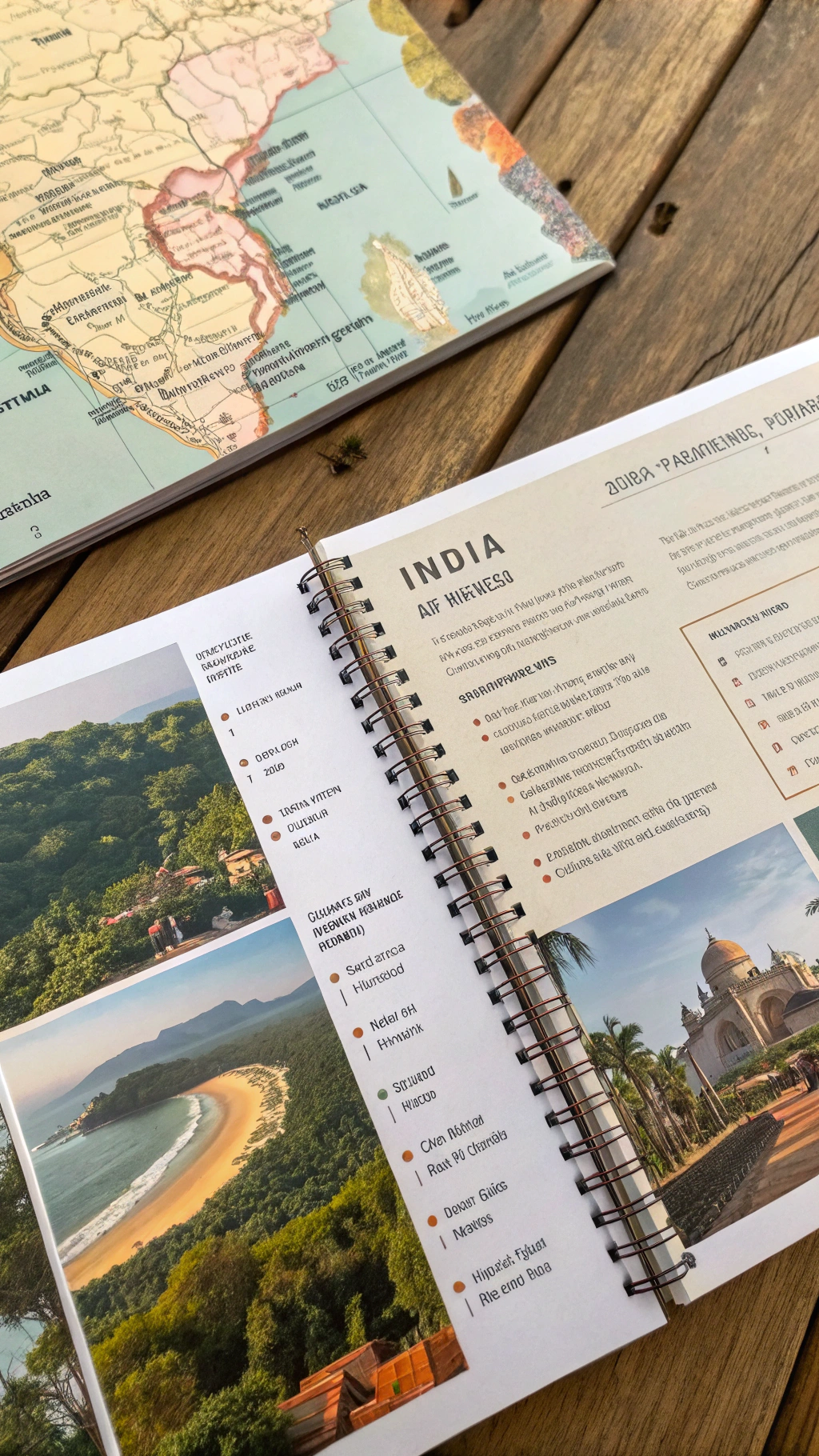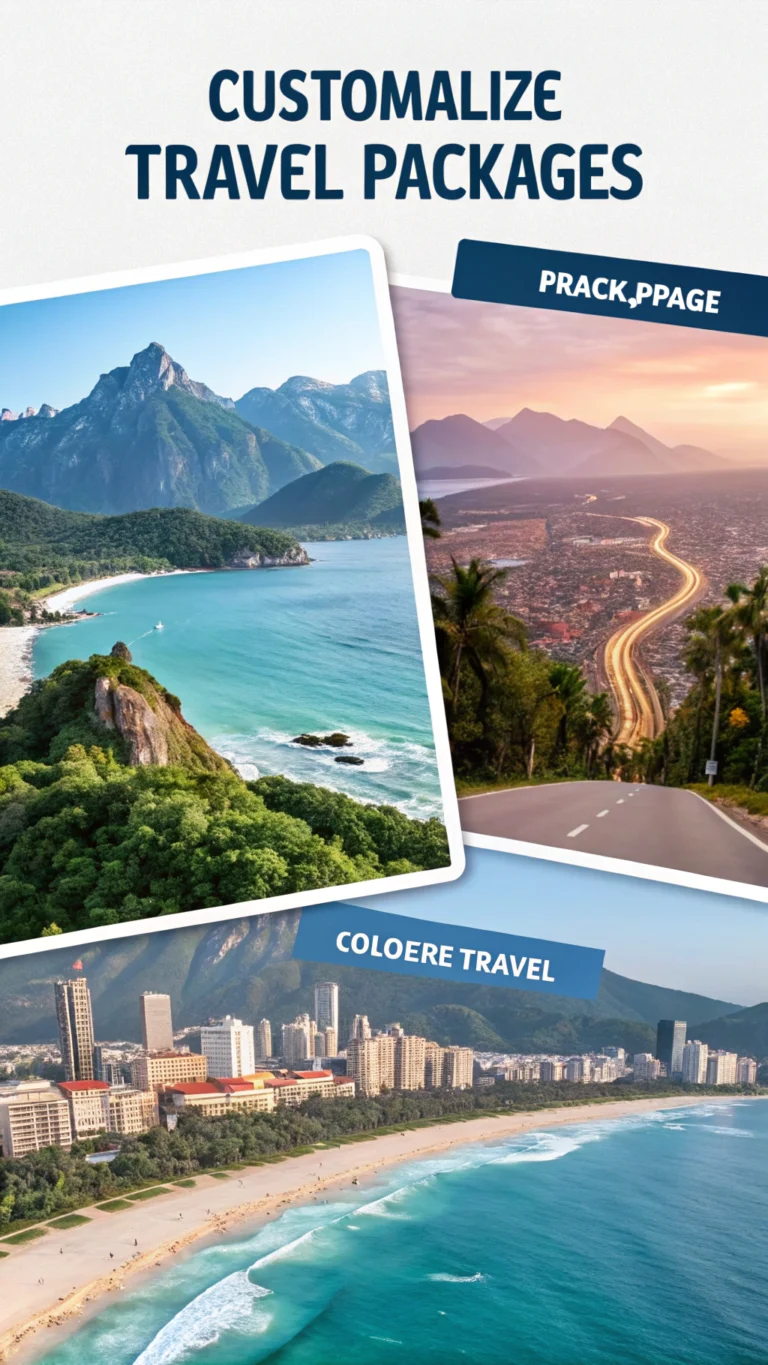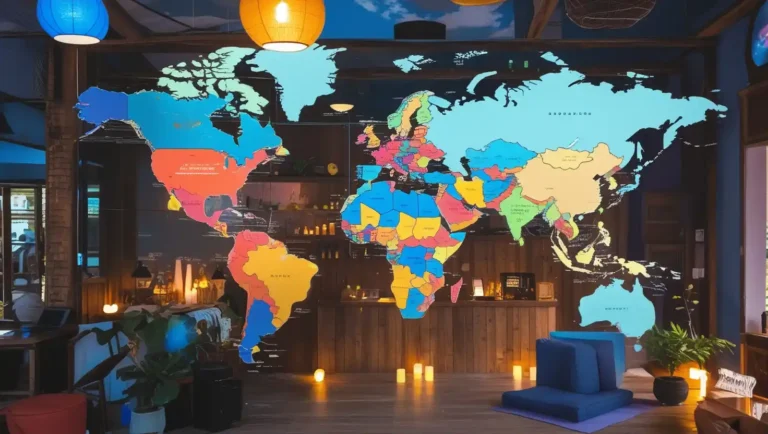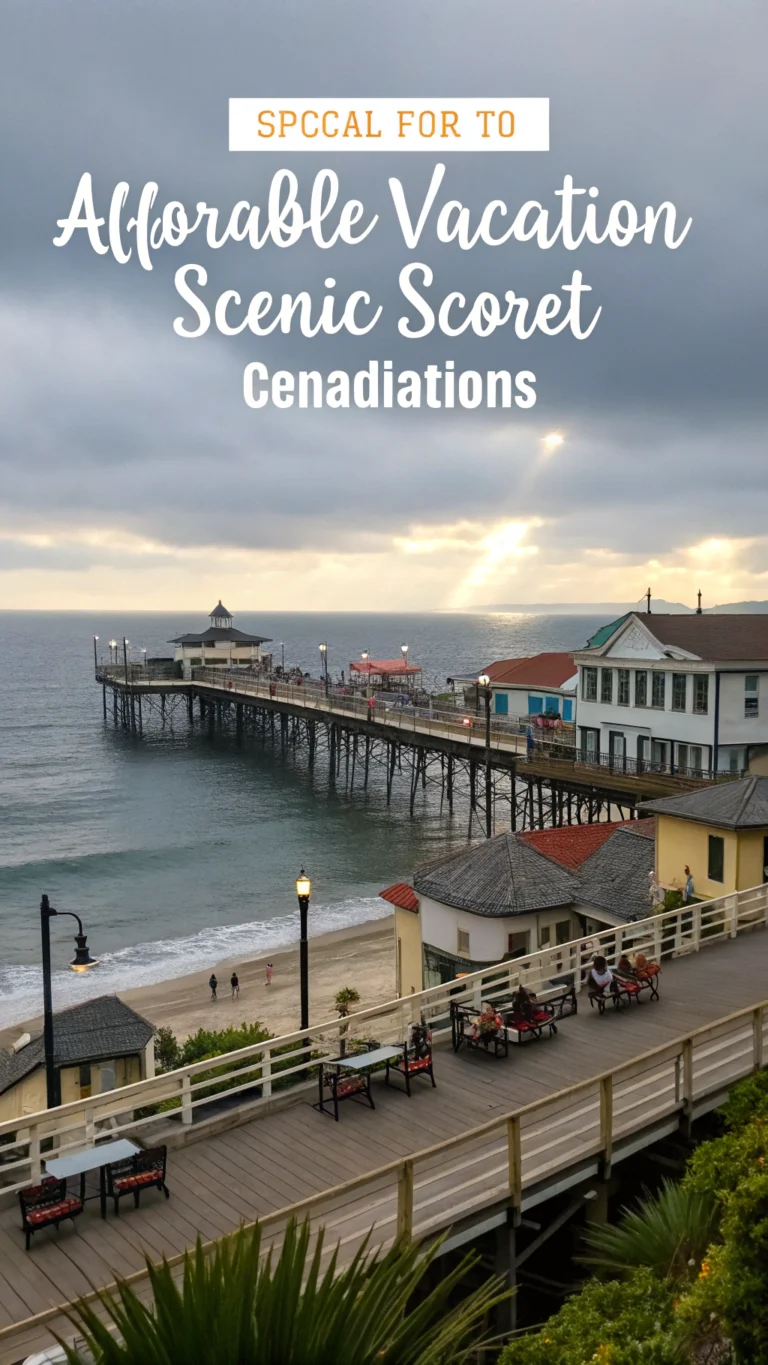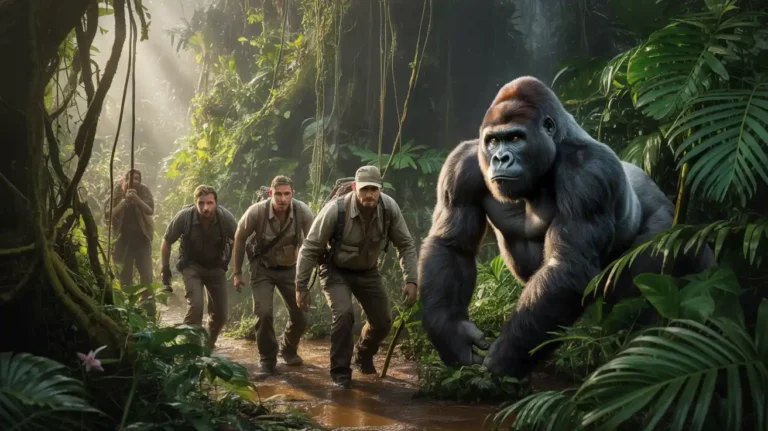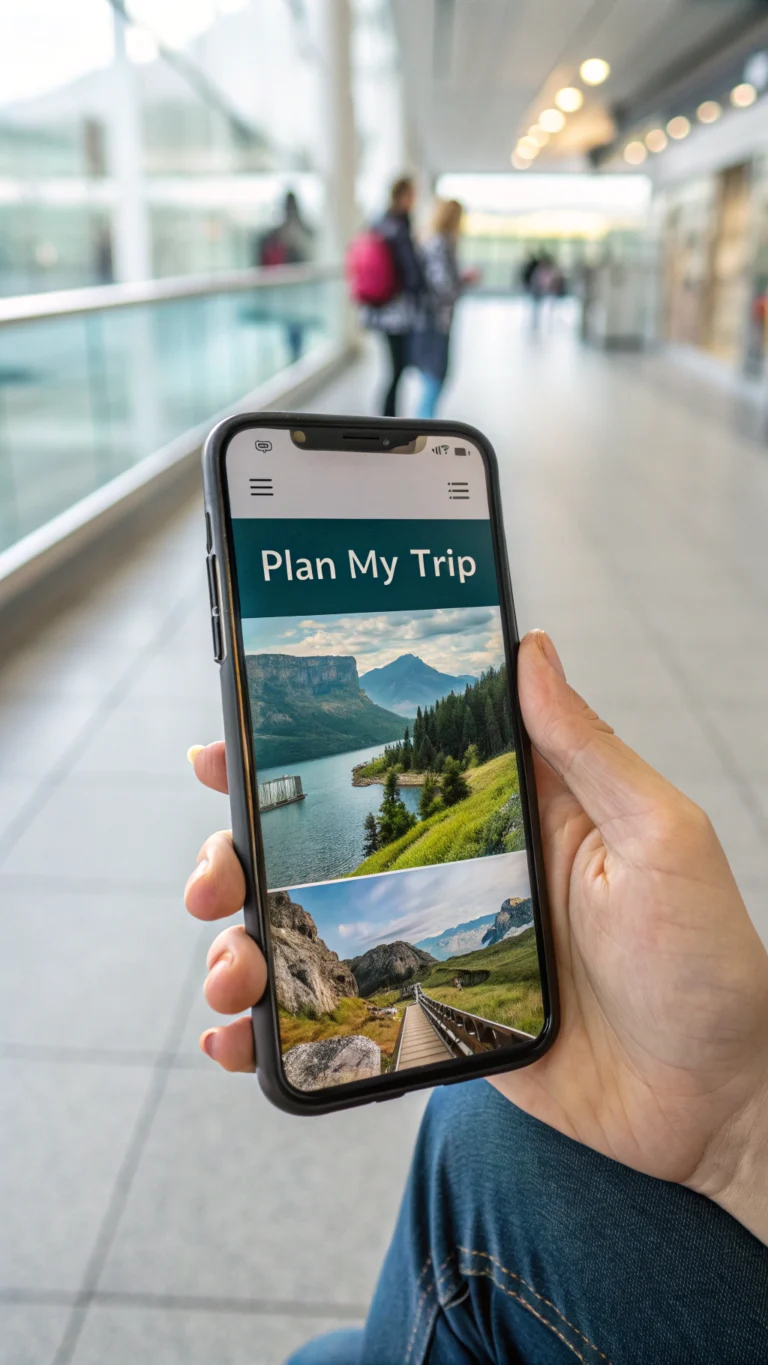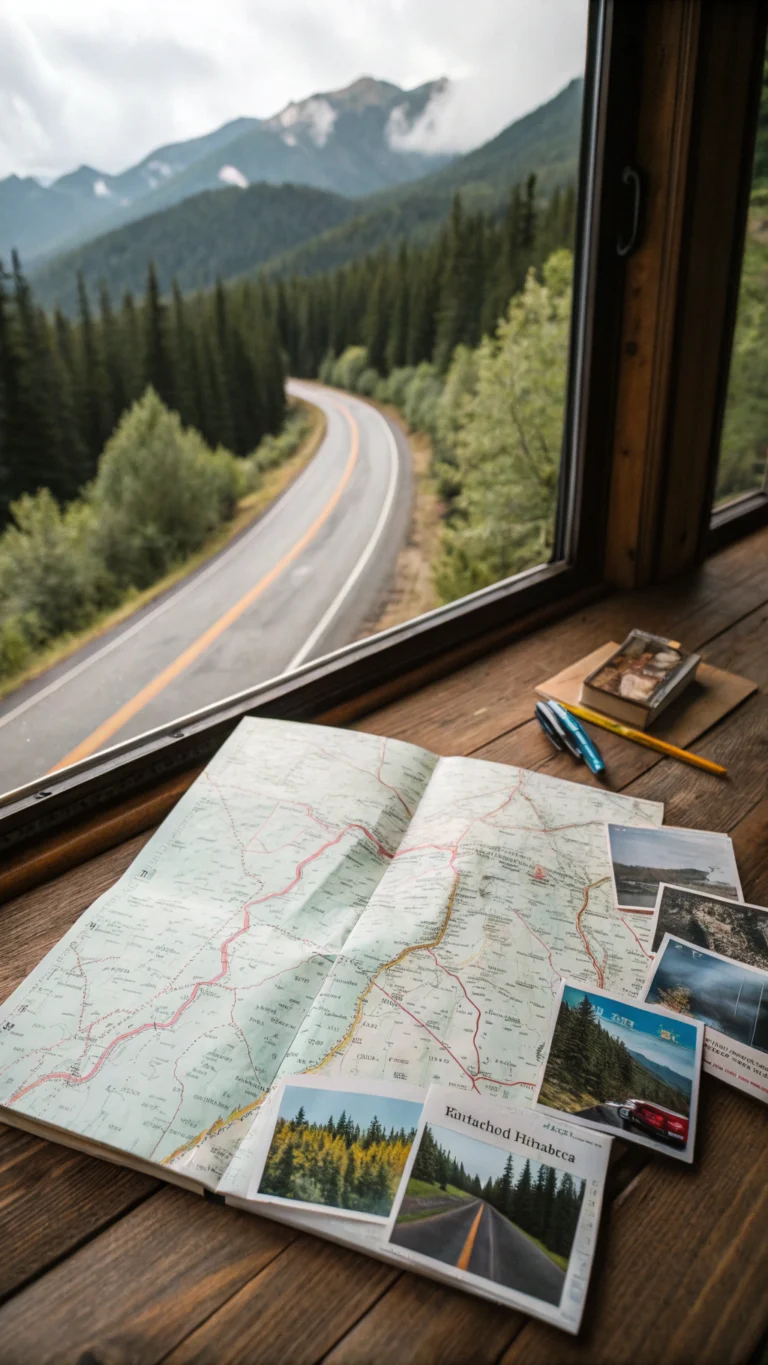Best Trip Planner for India: 7 Must-See Destinations Revealed
Table of Contents
Introduction
Ever ponder why, in spite of the plethora of other fascinating destinations, more than 10 million foreign visitors chose India as their destination each year? What undiscovered gems make the dynamic subcontinent such an alluring option for those looking for genuine cultural encounters?
Using a top travel planner for India can help you arrange your trip to this unique country and turn your experience from ordinary to remarkable. To fully enjoy India’s grandeur, careful planning is necessary because its 29 states each provide unique cultural experiences, cuisines, and landscapes.
Destination Overview
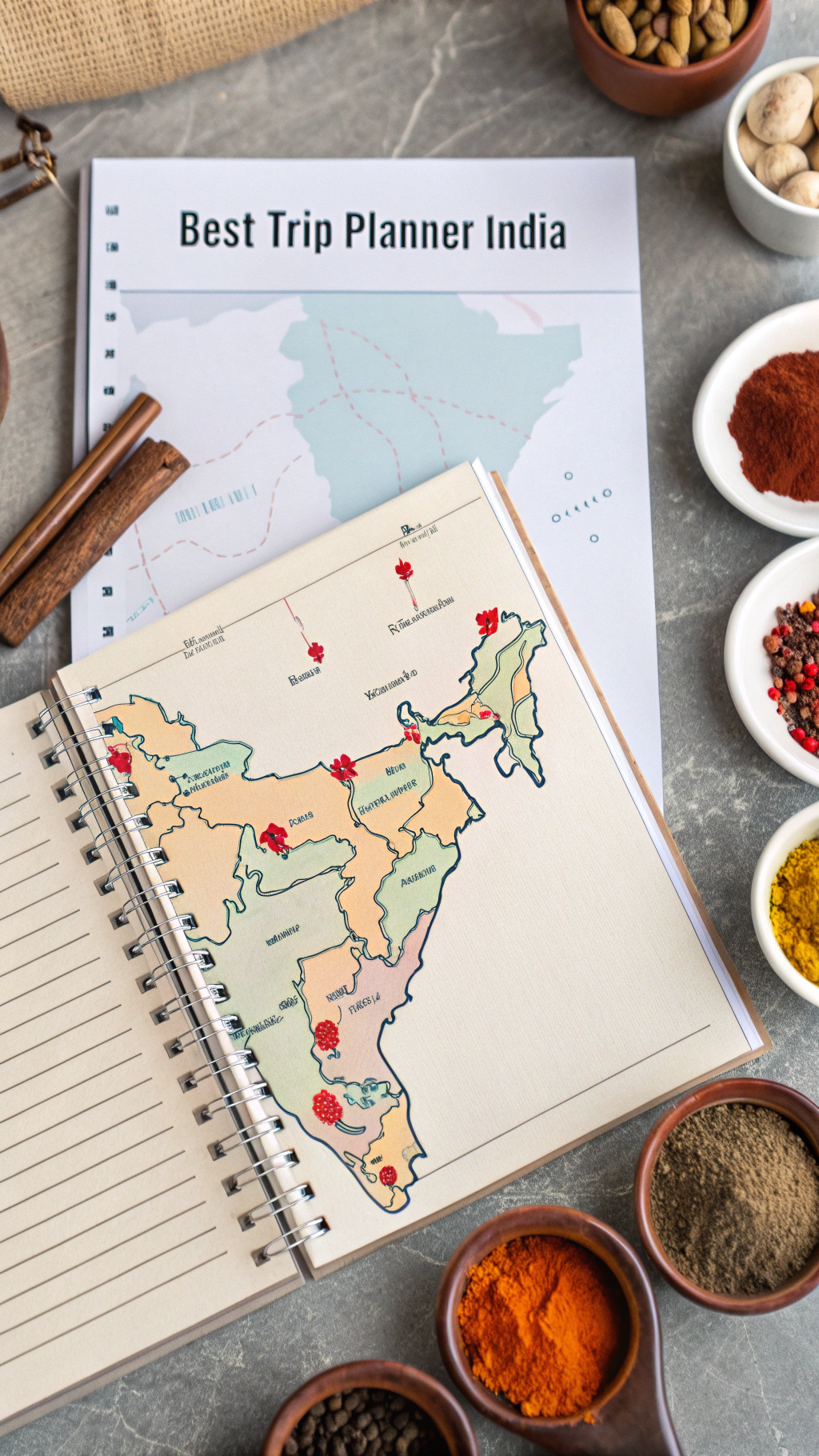
Unlike any other place on the planet, India’s 5,000-year history has produced a unique tapestry of customs, architecture, and natural beauties. Only its cultural diversity can rival the country’s geographical diversity, which ranges from the tropical beaches in the south to the snow-capped Himalayas in the north.
Your destination within this big country will determine the best time to visit. Most places get excellent weather from October to March, avoiding the monsoon season (July-September) and the extreme summer heat (April-June). While southern states are accessible all year round, with Kerala enjoying the greatest weather from September to March, northern locations such as Ladakh are best visited in the summer (June to September).
Travel Itinerary
7-Day Golden Triangle Tour
This classic introduction to India covers three iconic destinations:
Days 1-2: Delhi
- Morning: Explore Old Delhi’s Jama Masjid and Chandni Chowk
- Afternoon: Visit Humayun’s Tomb and Qutub Minar
- Evening: Experience the light and sound show at Red Fort
Days 3-4: Agra
- Full day dedicated to the Taj Mahal (arrive early to avoid crowds)
- Explore Agra Fort and Itimad-ud-Daulah (Baby Taj)
- Side trip to Fatehpur Sikri (40km from Agra)
Days 5-7: Jaipur
- Morning: Visit Amber Fort (elephant ride available)
- Afternoon: Explore City Palace and Jantar Mantar
- Day trip to Chand Baori stepwell in Abhaneri
This route, when planned through a best trip planner for India, typically saves travelers 4-5 hours compared to arranging transportation independently, as it optimizes road travel times between cities.
Must-See Attractions
Taj Mahal, Agra – This UNESCO World Heritage site attracts 7-8 million visitors annually. Pro tip: Visit during full moon nights for a magical experience (limited tickets available).
Varanasi Ghats – Experience the spiritual heart of India along the River Ganges, where centuries-old rituals continue daily.
Kerala Backwaters – Cruise through 900km of interconnected canals, rivers, and lakes on a traditional houseboat.
Ladakh – Often called “Little Tibet,” this high-altitude desert features stunning landscapes and Buddhist monasteries. Plan 3-4 days for acclimatization.
Goa’s Beaches – From bustling Baga to serene Palolem, Goa offers 100km of coastline with over 50 beaches.
Rajasthan’s Forts – Explore magnificent structures like Mehrangarh (Jodhpur) and Amer Fort (Jaipur) that showcase royal heritage.
Darjeeling – Experience tea plantations and panoramic Himalayan views, including sunrise at Tiger Hill.
Where to Stay
Delhi: Connaught Place offers central convenience, while South Delhi provides upscale accommodations. Budget travelers should consider Paharganj or Karol Bagh.
Mumbai: Colaba and Marine Drive offer proximity to major attractions, while Bandra provides a trendy neighborhood experience with boutique hotels.
Rajasthan: Experience heritage hotels converted from royal palaces and havelis for an authentic experience. Prices range from ₹5,000-30,000 ($60-360) per night.
Kerala: Backwater houseboats offer unique overnight experiences starting from ₹8,000 ($95) per night including meals.
Food & Local Cuisine
India’s cuisine varies dramatically by region. Must-try experiences include:
- Street food tours in Delhi (try chaat, golgappas, and aloo tikki)
- Thali meals in Gujarat and Rajasthan (complete meals served on a single plate)
- Fresh seafood in coastal Kerala and Goa
- Momos and thukpa in Himalayan regions
Dietary Considerations: Vegetarian options are abundant throughout India, making it one of the world’s best destinations for vegetarians. For vegan travelers, specify “no ghee” (clarified butter) when ordering. Many upscale restaurants in tourist areas now offer gluten-free options.
Travel Tips & Essentials
- Download offline Google Maps and translation apps
- Carry toilet paper and hand sanitizer
- Purchase a local SIM card (Airtel or Jio) for affordable data
- Use ride-hailing apps like Uber and Ola in cities
- Respect dress codes at religious sites (covered shoulders and knees)
- Negotiate taxi fares before getting in, or insist on using the meter
- Drink only bottled or purified water
Common Mistakes to Avoid
- Overpacking the itinerary – India requires slow travel; plan for 2-3 destinations per week maximum
- Ignoring regional climate variations – Southern India can be hot when northern regions are cold
- Missing train reservations – Book trains 60-90 days in advance for popular routes
- Overlooking regional safety considerations – Some areas require permits or have travel advisories
Budget Breakdown
Budget Travel: ₹2,000-3,000 ($24-36) daily
- Accommodation: ₹800-1,500 per night
- Meals: ₹300-500 per day
- Local transport: ₹100-300 per day
Mid-Range: ₹5,000-8,000 ($60-96) daily
- Accommodation: ₹2,500-4,000 per night
- Meals: ₹800-1,200 per day
- Transport (including some taxis): ₹500-1,000 per day
Luxury: ₹15,000+ ($180+) daily
- Accommodation: ₹8,000-30,000+ per night
- Fine dining: ₹2,000-5,000 per day
- Private drivers/guides: ₹2,500-5,000 per day
Final Thoughts
For all kinds of tourists, including adventurers, foodies, history buffs, and spiritual seekers, India has life-changing experiences to offer. Although the size and complexity of the nation may appear overwhelming at first, employing the finest travel planner for India allows you to manage logistics while making time for those impromptu moments that frequently turn into the journey’s high point.
Are you prepared to take in the sights, sounds, and customs of amazing India? This is one place where the journey is just as important as the goal, so start planning your trip now and don’t rush.
FAQs
How many days must I spend in India?
It is advised that first-time visitors stay for at least 10–14 days in order to fully experience even one location. Take three to four weeks to visit several areas.
Is it safe for women to travel alone in India?
Even while many women successfully travel alone throughout India, it’s still a good idea to exercise caution by wearing modest clothing, staying away from remote locations at night, and taking reliable transit. In general, South India and well-known tourist locations provide more comfortable experiences.
Is a visa required to enter India?
The majority of countries need an electronic visa, which can be applied for online 30 to 120 days prior to departure. The approval procedure normally takes three to five business days.
How should one travel around India?
Trains or domestic planes are advised for large distances. Convenient solutions are provided by metro systems in metropolitan areas, ride-sharing applications, and autorickshaws. For smooth travel, a competent trip planner will incorporate transportation reservations.

